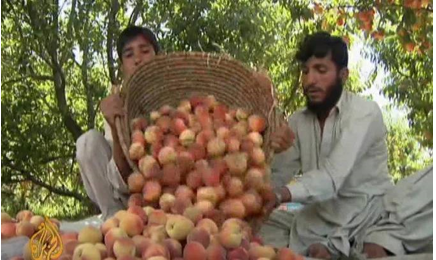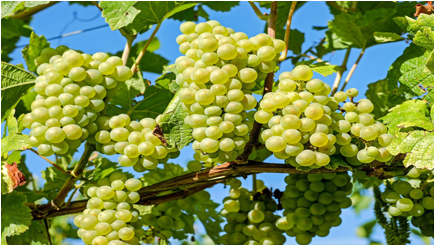INP-WealthPk
Ahmed Khan Malik
High input costs have seriously hit Balochistan’s fruit sector in recent years, reducing yields and denting the growers’ income, WealthPK reports.

Fruit crops are grown over an area of 1,49,726 hectares in the province with a yield of about 0.9 million tons annually. Fruit production in highland Balochistan, which comprises the south-western region, depends on the availability of groundwater. The growers complain about the high cost of input, as the sector heavily relies on electric tube wells because solar tube wells are beyond the purchasing power of most of them. Additionally, the cost of a DAP fertilizer bag has increased significantly in recent years, while the prices of other fertilizers have also increased around 60 percent.

Majid Baloch, Additional Secretary of Growers Alliance, told WealthPK that due to inflation, power load shedding, and rising fertilizer prices, the sector had gone through turbulent times in recent years. For instance, apple orchards are being uprooted and the growers are switching over to vegetables to make quick bucks in a shorter time frame. He deplored the government's negligence, which had pushed the sector to the wall. He said Balochistan was the largest apple-producing province in Pakistan, contributing to 94 percent of the country's overall apple production. Killa Saifullah district alone produces 55 percent of the province's total apple crop.
Other areas such as Pishin, Zhob, Killa Abdullah, and Ziarat are also famous for apple cultivation. Likewise, grapes, a low delta crop, is grown in bulk in Quetta, Pishin, Kalat, Zhob, Loralai and Mastung districts. The province produces 130 varieties of date. According to one estimate, Makran produces about 0.5 million tons of dates annually. Some of the famous date varieties grown in Turbat and Panjgur include Begum Jangi, Kaharaba, Mozawati, Berni, Helini and Sabzo. The province produced over 6,625 tons of mango during the Fiscal Year 2003-04 contributing 0.6 percent to the total national production. Naseem Rehman, a horticulture expert, told WealthPK that Balochistan’s tremendous yield potential of high-quality fruit could be efficiently tapped by establishing “crop specific zone” and “fruit processing units”.
He said the farmers need to be properly educated about the growing techniques, and pay attention towards zoning for growth of different fruit crops. Efficient crop management could increase the profit of local farmers by reducing the cost of production. However, he noted that all this could be done once the cost of input for the fruit sector came down, as the first priority should be to facilitate the sector in the form of substantial reduction in the input cost. With its diverse climates ranging from temperate to sub-tropical and tropical, Balochistan produces various fruit crops. Apple, apricot, cherry and peach are high delta fruits, while grape, olive, pistachio and pomegranate belong to the low delta fruits.
Credit: INP-WealthPk













